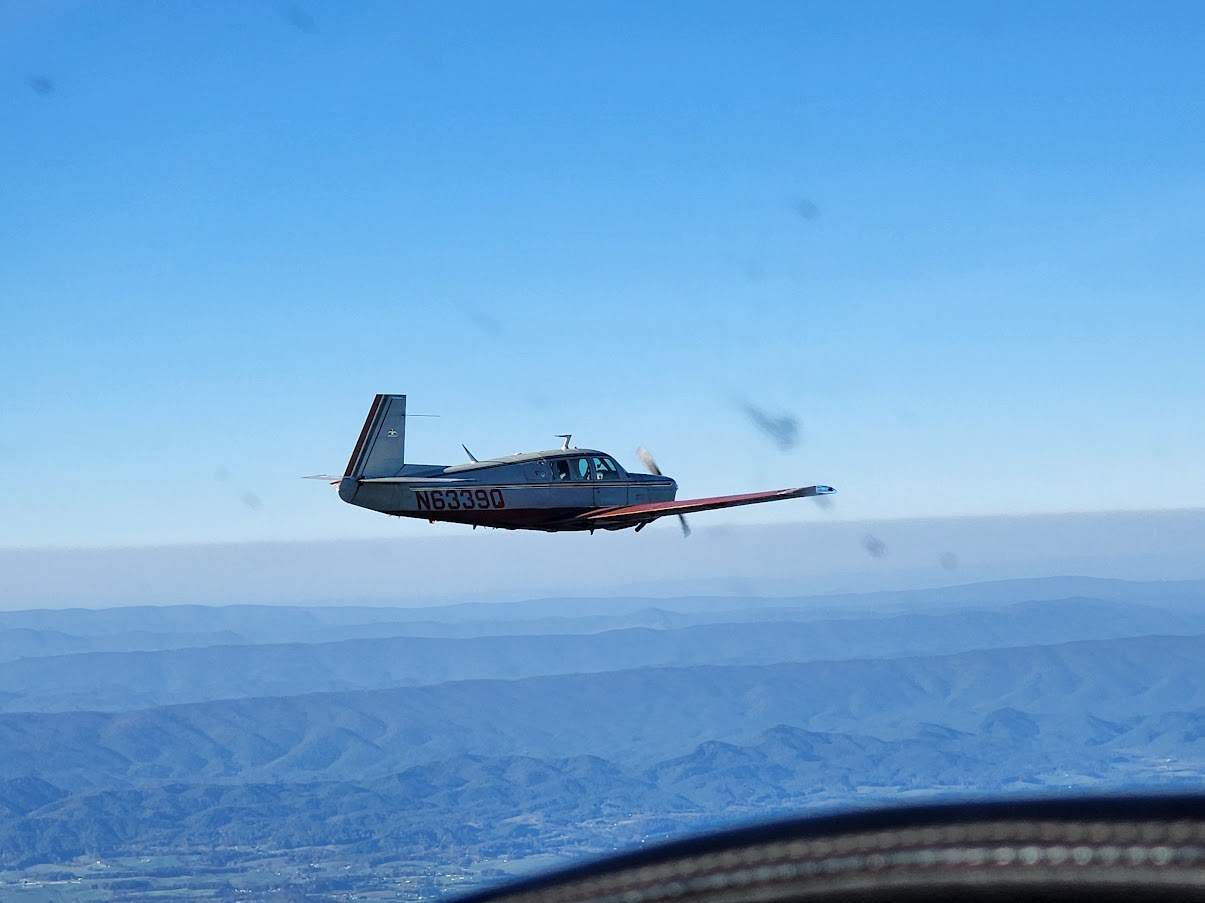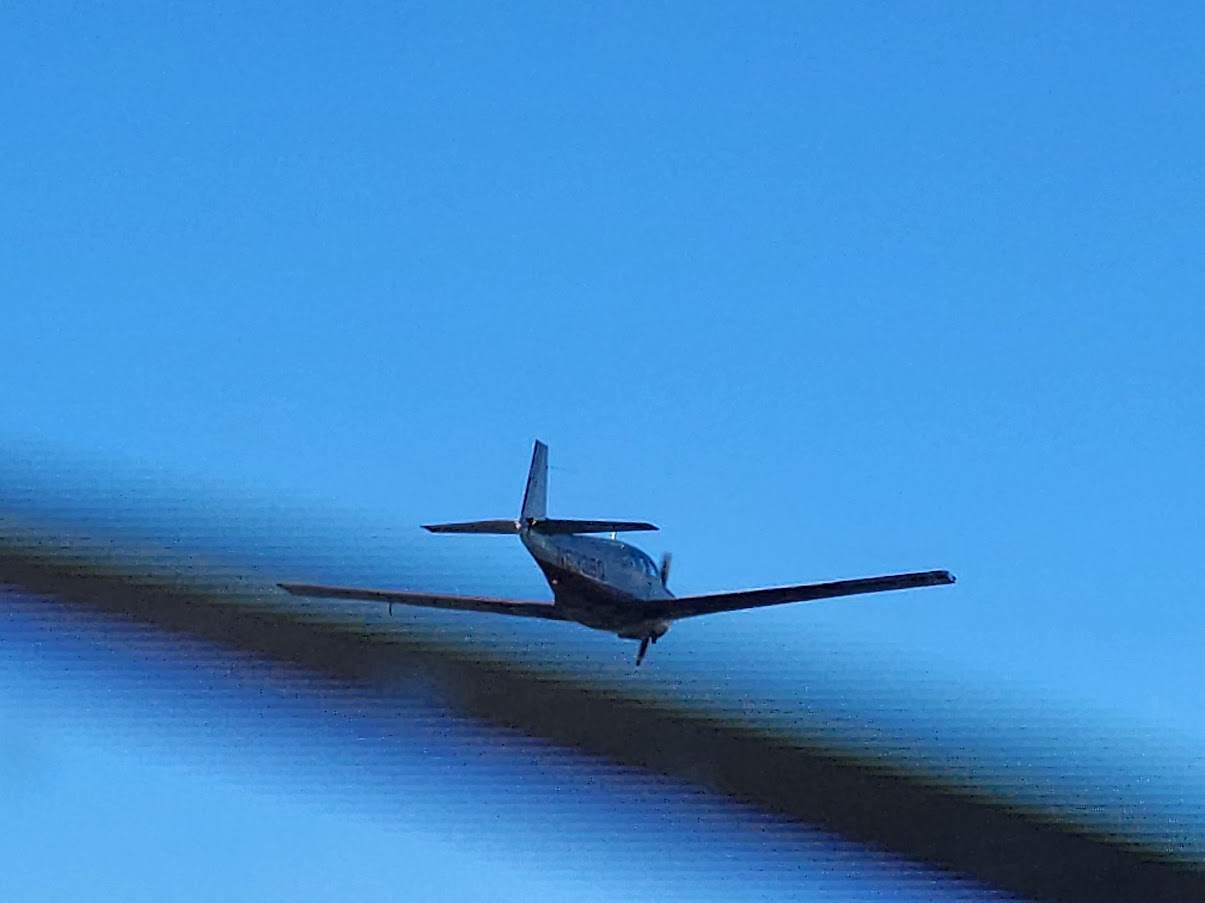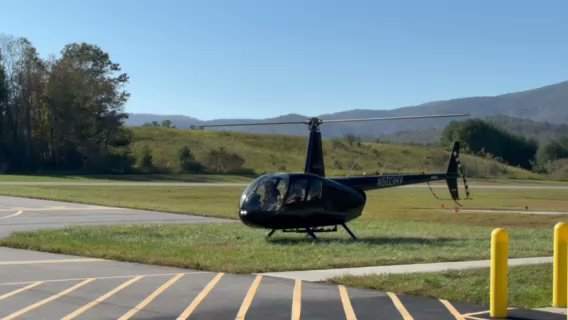-
Posts
12,145 -
Joined
-
Last visited
-
Days Won
169
Content Type
Profiles
Forums
Blogs
Gallery
Downloads
Events
Store
Everything posted by Shadrach
-
It is obviously a pit viper and most definitely as you point out, a copperhead. They are one of two venomous snakes in my state and the bites are supposed to be excruciating. Most bites around here occur when someone inadvertently steps on one.
-
On Monday @33UM20C and I departed KHGR for the 302NM flight southwest to K7A8, a small (3001'x 60') mountain airport (2745msl) near Spruce Pine, NC. There were many volunteers on hand. Prior to loading, I removed all seats but the one that I needed, which left me with about 1090lbs of UL to play with. I cubed out before hitting max weight. Nevertheless, my plane had just under 600lbs of cargo on board for the trip. We arrived at 7A3 mid afternoon. 7A8 is in a valley. It was windy and bumpy on the somewhat sketchy approach; some of the nearby peaks are >4600'. Volunteers were able to help me unload in minutes what had taken considerably more time to carefully load prior to leaving. Fixed and rotor wing operations were running concurrently, but ideally segregated. Landing fixed wing aircraft were martialed to an offloading area where cargo was unloaded, sorted, and then hot loaded (engines running) as needed onto helicopters running round trip missions into the mountains to those who were isolated. The operation was amazingly well organized and efficient by any standard, but especially impressive given that both ground and aviation personnel were all volunteers. The helo pilots are truly heroes. These guys were flying all day, with only short breaks, on their own dime, and in their own aircraft. The Jet A supply at the fuel farm was completely consumed, so the turbine helos were fueling at an alternate site, but it hardly slowed operations. They were running at least four R44s on short, round trip, resupply missions into the surrounding mountains. The general tone on the ground did not make me feel comfortable taking a lot of pictures. Folks were kind, gracious and appreciative but it was not a happy place. Roads are opening and ground operations are becoming more robust every day in the more traveled areas. The airport manager told me that there are folks in the mountains that go into town so little that it’s likely that many don’t know the damage to the local infrastructure. Little mountain towns like Spruce Pine seem to be further down the priority list of the official relief effort. I am still in communication with my contacts in the region. I may make a second run at a later date, depending on the what’s needed.
-

Have you ever been verbally whipped on radio?
Shadrach replied to 201er's topic in General Mooney Talk
Agreed. It was an airport I frequent. He chewed me out first. I think he regretted it more than I did because he kept stalling when I asked him for a number to call. -

Have you ever been verbally whipped on radio?
Shadrach replied to 201er's topic in General Mooney Talk
Asked for a number to call twice. Chewed out a controller on freq once (later regretted). -
I will after I empty the cargo in my plane.. I have a 1967 M20F which came from the factory with individual folding rear seatbacks and a single bench.
-
The irritation is that he needlessly stopped and held short of a crossing runway and then needlessly asked permission to cross. I think controllers expect a somewhat higher standard of professionalism when dealing with fast, high performance, retractables. This dude failed. He didn’t really break any regs. He just looked kind of silly. I doubt that anything came of it other than the humiliation of being an online example of what not to do.
-
If you have a “serious” aft CG problem, I would be skeptical of the calculations.
-
30 near mid-airs in a single day with no collisions? Seems probable.
-
I have many cases in storage and thought it would be helpful. My Local contacts are dropping RTD baby formula, bottles and other items. I was thinking that I'd stay Saturday night. Are they allowing folks to park in the grass? Thought I might pitch a tent or sleep in the plane.
-
I've seen lots of engines with varying component times. Let's say your turbo starts puking oil but the rest of the powerplant appears to have a lot of life left. Then it starts making metal 300hours later. Do you overhaul a 300hr turbo? Some do some don't. If this one was puking oil, it reads like the last owner cheaped out at overhaul time.
-
I am not buying that spark plug wear caused detonation. I would like to have someone with an understanding of how combustion works explain that to me. Worn spark plugs are less likely to ignite the flame front not speed it up. Preignition is a possible with plug damage. Timing likely not the issue either. A delta of 2° is not likely a problem especially given the second plug was 5° retarded. I would not be too quick to blame Jewell either. As credentialed as this crew may have been, it appears that neither of them caught the elevated CHT until other symptoms manifested. I do not know what the stock engine instruments look like in an Encore. Perhaps that info was not available due to the dim screen of the JPI. If that was the case, then the pilot setting the power should have been smart enough to set the mixture very conservatively.
-
I'm only 300nm from JQF. I've asked for donations for the flight down. Depending on load, I may opt to tanker fuel. I don't have access to the Operation Airdrop info page yet so I don't have an exact picture of the delivery radius from JQF. Would you say most flight are within a 150nm radius? Also, is bottled water a priority item?
-
I'm likley heading down this weekend. Contemplating removing the pax seat and evaluating best ways to secure payload stored forward of baggage area. I will have 600lbs of capacity on the flight down and about 700lbs for local flights, best way to orient and secure the load in the cabin will be a challenge..
-
Running the rough numbers - To attain an altitude of 2000agl by 4sm from the airport, he was likely climbing between 850-1000fpm with a GS between 100-120kts. That scenario does not seem possible without engine lubrication. An engine at idle can survive for quite a while with little to no oil pressure. start up and taxi ops followed by high power take off and climb operations? I think his performance would have degraded much faster.
-

For those who have the SureFly
Shadrach replied to Matthew P's topic in Vintage Mooneys (pre-J models)
Your old SOS system had a mag with retard breaker that fired at TDC. Your new Surefly fires at TDC any time the engine is running at less than 400rpm. If everything is working as it should, there should be no noticeable difference. If I were to install a Surefly, I’d likely install it on the right side and keep my SOS system. -
I got about the same out of my last Concorde. Mine failed a load test last year but I could tell it was loosing capacity. Not worth pitching though. I keep it fully charged in my hangar.
-
Did you change seats or fly side saddle?
-

Help with chronic issues on hydraulic flaps, 65 M20C…
Shadrach replied to Weston's topic in General Mooney Talk
I’m really sorry to learn that you’re still dealing with this.I am baffled. I sent them a working pump which they disassembled and then used parts from both the original pump in your plane and the one that I sent them to get what they told me was a working pump. I logged a few phone calls and several texts walking their tech through trouble shooting and bleeding. He told me the problem was sorted during our final conversation. There are two probable scenarios that explain the symptoms you are experiencing: 1) The hydraulic fluid is contaminated with debris that are preventing the check valves from sealing and fluid Is flowing the wrong direction through the check valves 2) all of the check valve seats need to be recoined to prevent fluid from backflowIng through the check valves. The first thing I would do is tighten the retraction speed screw all the way down. If the flaps stay down under those circumstances, your problem is almost certainly with the retraction circuit valve. If they bleed back up, then fluid is flowing the wrong way through the pump check valves. Feel free to DM me. I am dismayed that you’re still dealing with this.. -

Fuel Boost Pump Useage With Takeoff At Very High OAT?
Shadrach replied to EricShr's topic in Ovation Owners
It would be helpful to know your full power/full rich take off EGTs. Ideally you want to be 250° ROP or more. -
No paint in the nose well well of my 67 Exec.


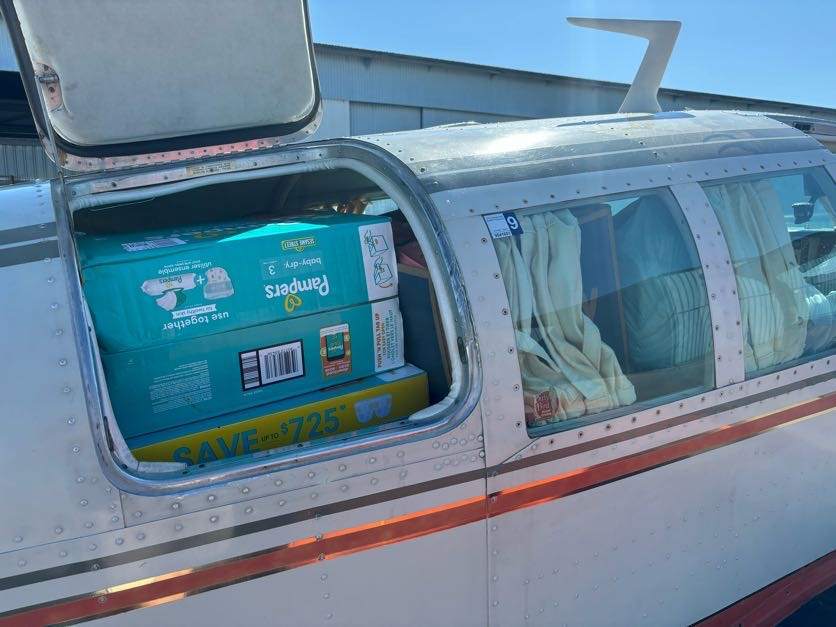




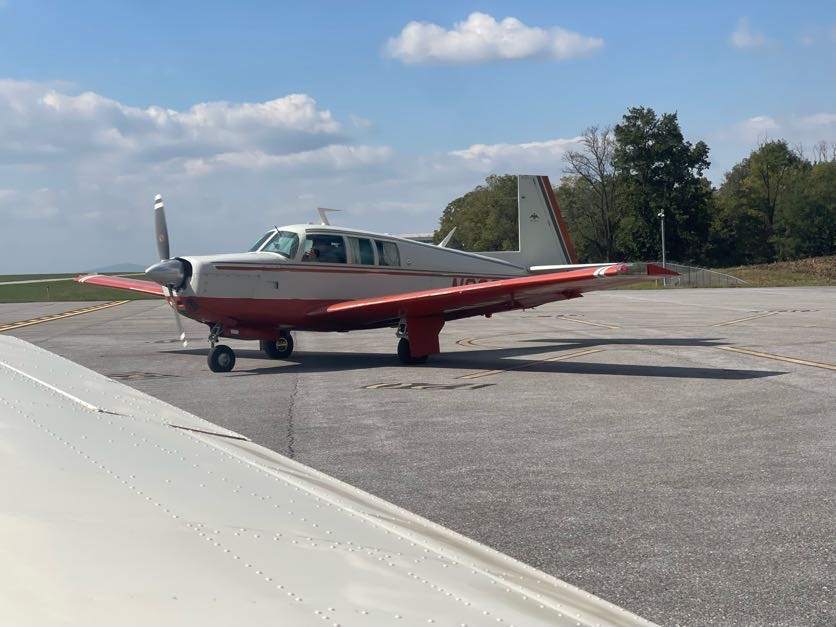

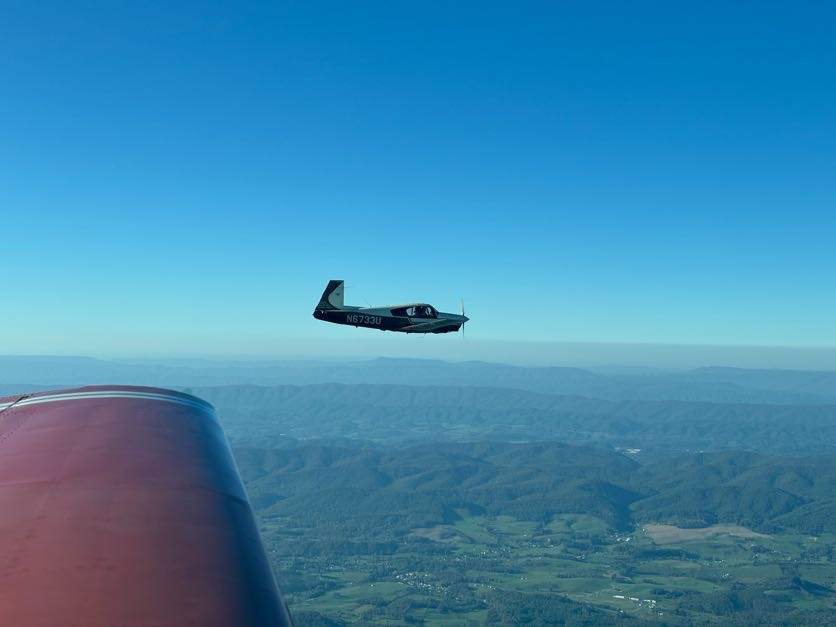
.jpg.b75411880de2c49b5811417fac51ac21.jpg)
